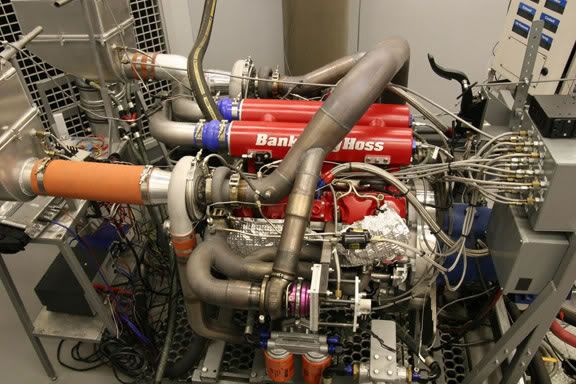joefarmer
MR. Supreme Overlord
600hp.
Assume BSFC of 0.38 lb/hp/hr. (Thanks Jason Sands, et al.)
Assume #2 diesel weight of 7.08 lb/gal
Divide 0.38 lb by 7.08 lb/gal to get 0.05367 gal/hp/hr
Convert 0.05367 gallons to liters for 0.20317 l/hp/hr
multiply by 600hp to account for hp and you get 121 l/hr
Am I looking for a 121 lph injector for 600hp? Something doesn't seem correct?
Assume BSFC of 0.38 lb/hp/hr. (Thanks Jason Sands, et al.)
Assume #2 diesel weight of 7.08 lb/gal
Divide 0.38 lb by 7.08 lb/gal to get 0.05367 gal/hp/hr
Convert 0.05367 gallons to liters for 0.20317 l/hp/hr
multiply by 600hp to account for hp and you get 121 l/hr
Am I looking for a 121 lph injector for 600hp? Something doesn't seem correct?


